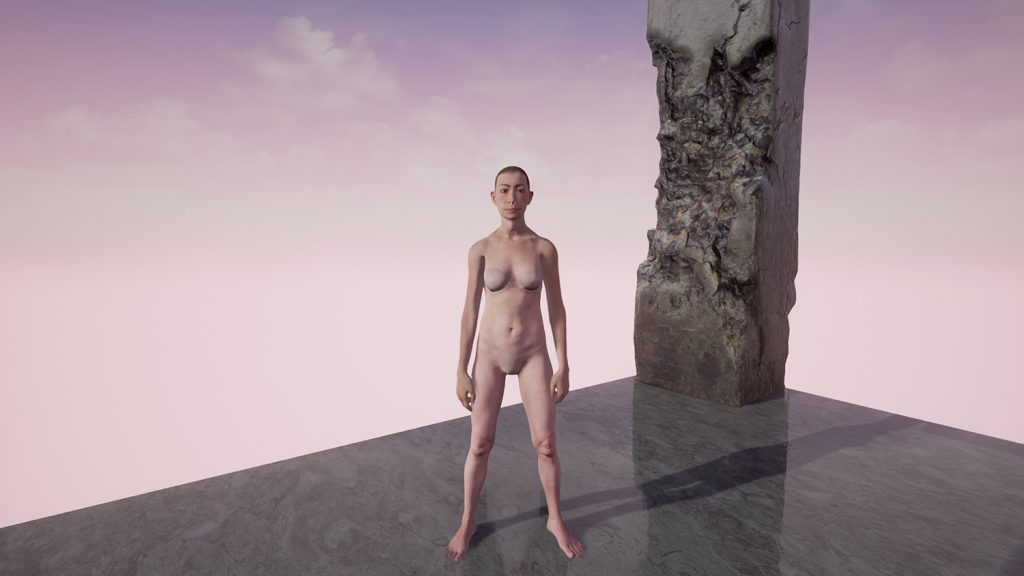Kaan Sofuoğlu
Kaan Sofuoğlu who guides his art with the Game-Art technique is one of the most anticipated names in this year’s Mamut Art Project…. As we talk to Kaan, who believes that he will make rooted changes in the future perception of art, about the gaming world, view in art and the concept of a utopic world, we are sure that the psychologic and sociologic transformation we are going through today has left it’s trace on every aspect of life.
Did you know that you were interested in the art of photography and video ever since you’ve known yourself, and that you would pursue this field in the future?
I never thought of where I would be leaning towards. I didn’t even think of an adjective for myself and my creations. I see the things I do and will do as “excuses.” This could be photography, or video games, etc…
What was the starting point of your project you made with the Game art technique? Can you talk a little about your creative process?

First of all, Game art is a field that I believe in and that excites me. I am in belief that it will make crucial changes in perceiving art in the future. Thus, I added David, an icon in traditional art, to the game. I tried to evoke a feeling of “the end” in a timeless and “semi-space” area with militaristic things.
You can dance if you want to. It’s like a call to madness.
There is another reason for why I chose David: “Technical perfection.” For me, the technique deserves something more than being perfect, which is being understood. The technique can create digital Davids now, and what I am trying to emphasize on here is the possibility that it creates Michelangelos in the future. That’s when what is cyber and what is real loses it’s importance, and we go back to square one.
You actually create works in a field that has quite an artificial aesthetic. How do you manage to show your sincerity to the spectators?
Any reality is not as valuable as a fictional concept in human nature. Because every fictional story allows the reality to be endurable. As endurable as the future is, art will always adapt. As long as there is “everything.” As long as it’s not as far away as the reality that replaced it’s place.
What does the gaming world mean to you? What is the philosophy behind transforming it into an art form?
I guess in order for something to be art, it’s enough for it to have an artist. Things can be art on the surface. For me, it’s a process that only involves it’s viewer deep down. At a first glance, using video games as art is separated from other methods, due to the difference in experience. It has a term that takes the viewer from passivity. However, I believe that the value of digital techniques as opposed to traditional methods will be on the new views in definition rather than the manner.
From your observations, what are the psychological and sociological impacts war games have on people?
I am not one to give this a clear explanation. However, in science circles it is known that the issue is being discussed. I landed on some articles and thesis. Basically, what is widely accepted is that war and violence could be experienced for entertainment via digital games, and that it carries the potential of becoming indifferent about violence in reality.
What is your definition of a utopic world? How do you think we can achieve it?
There could definitely be a more good-hearted and intellectual alternative to the Deep web. A completely satisfactory and free existence in which reality and virtuality can’t be defined. Neither sleeping or being awake. I wish for a deep numbness. A world in which everyone has their quality laziness, but never an efficient one.
You’re part of Mamut Art Project that supports young contemporary artists in Turkey. What can the attendees expect from the project?
A sort of a digital performance awaits the viewers at Mamut. You can’t really call it a video game; there isn’t a narrative, rivalry, or a skill tree for in game character upgrades, or a scoring system done deliberately. Although, it aims to take the viewer out of passivity and demands living an experience.